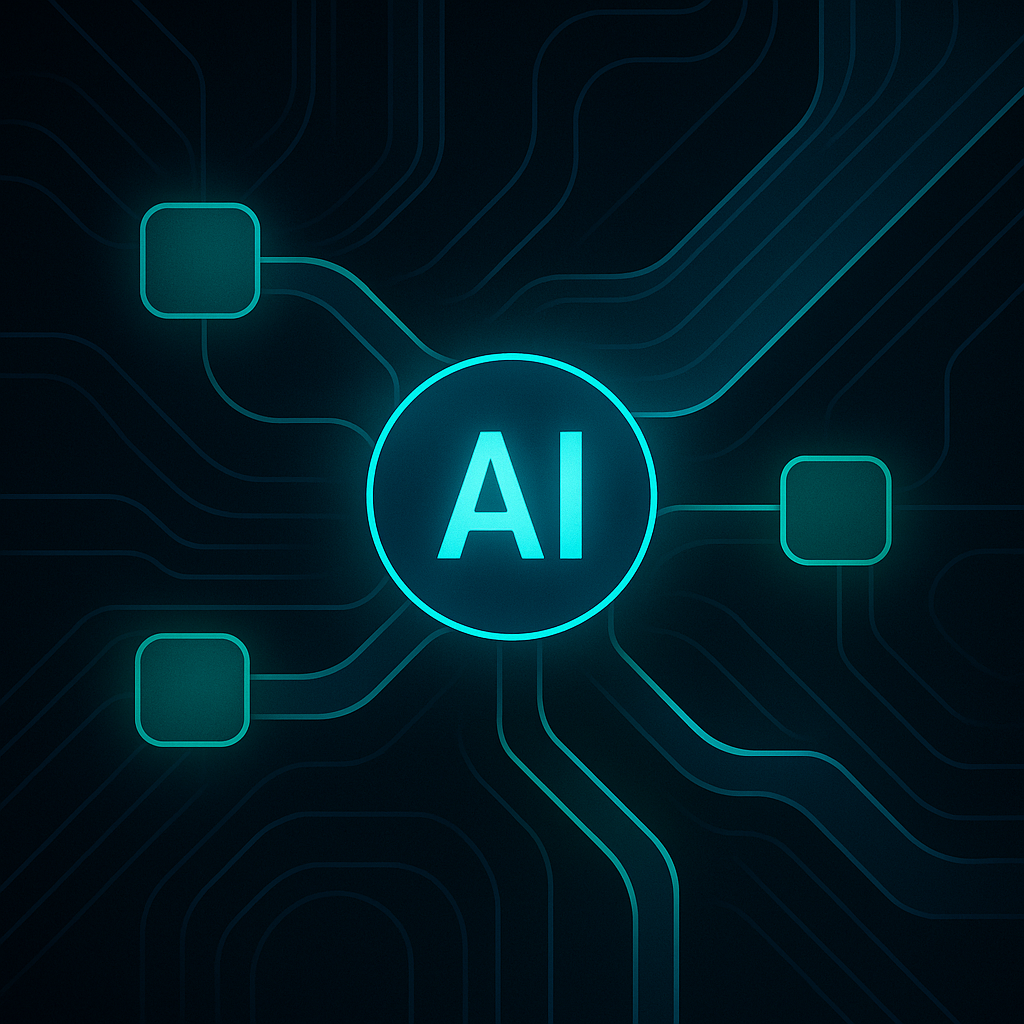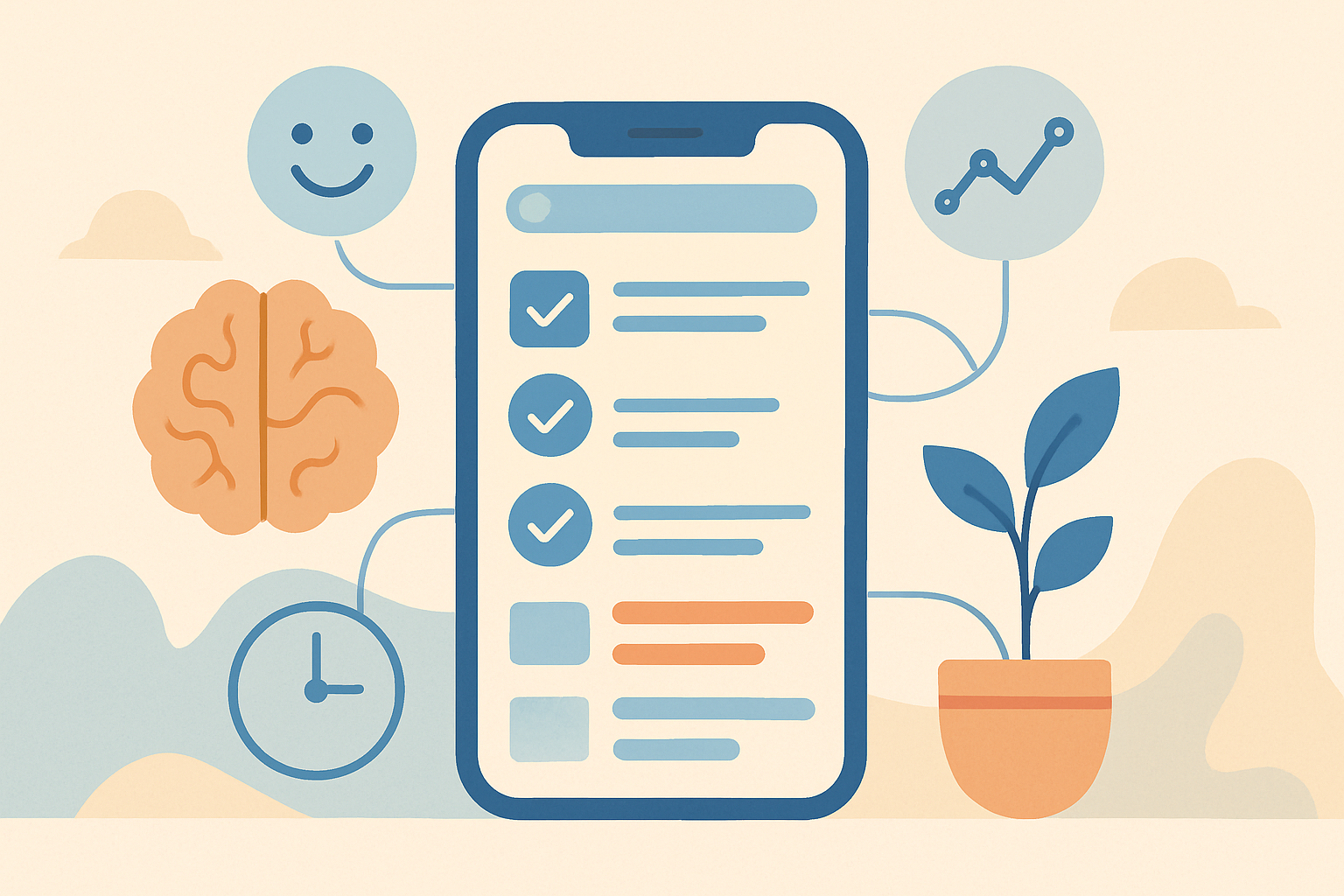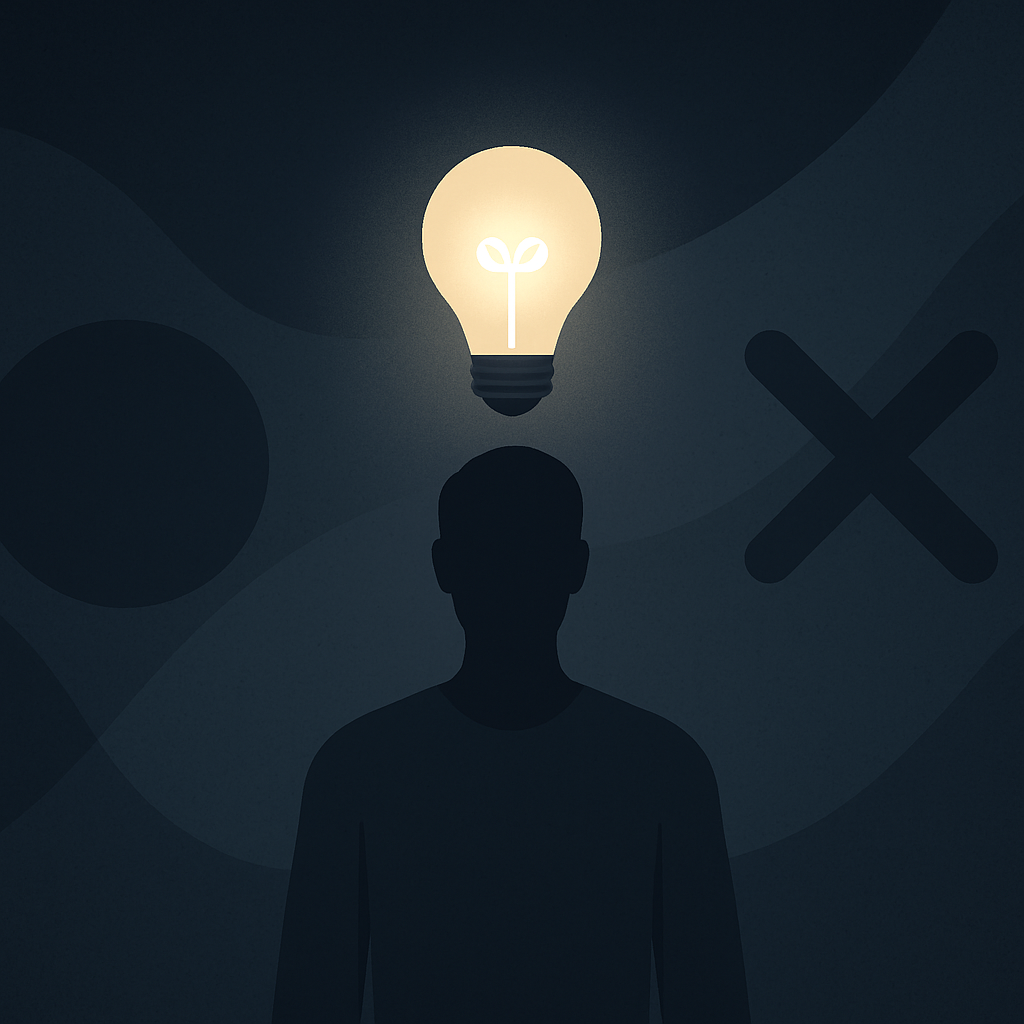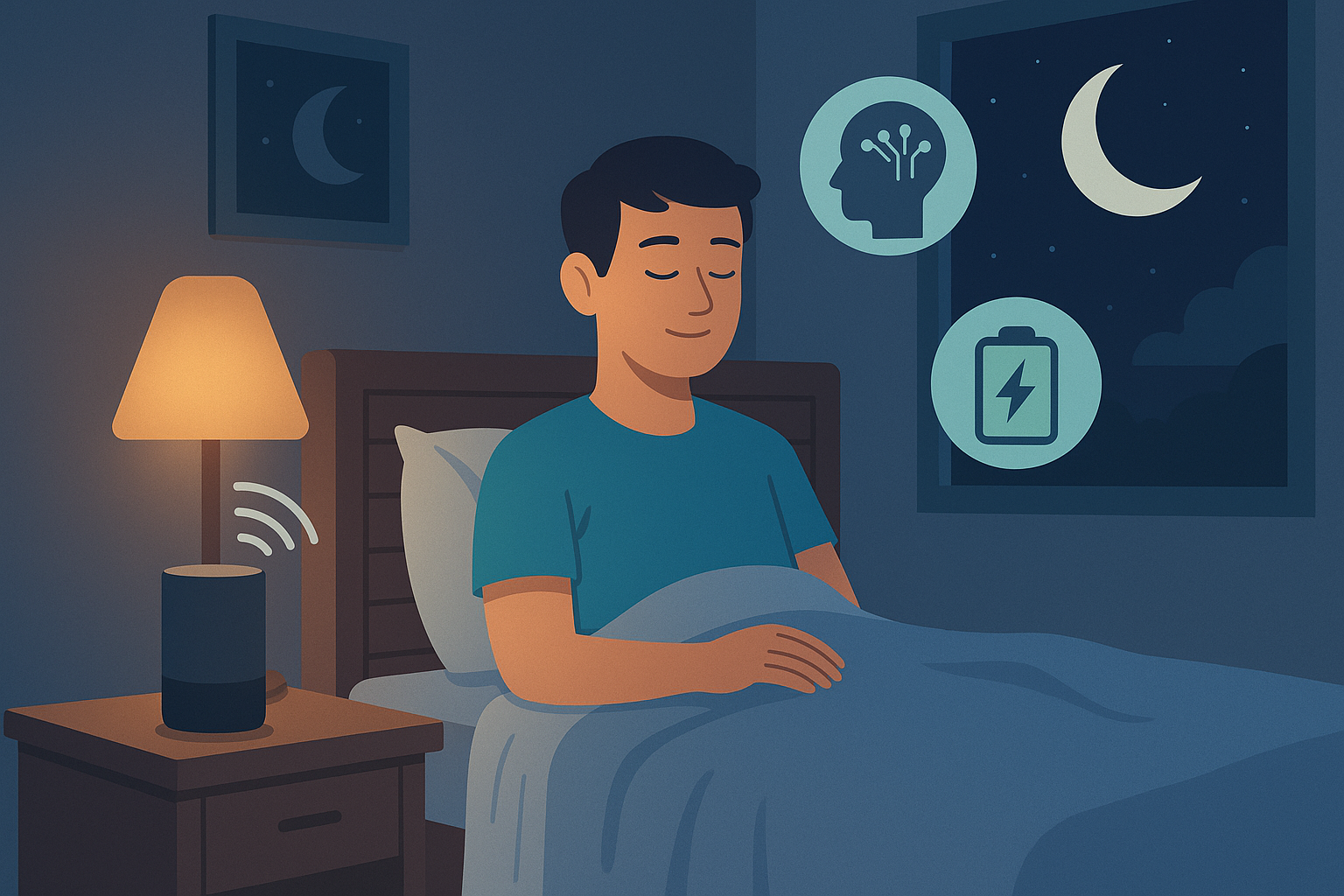AI Workflow Systems. For years, technology promised to make our work easier.
But instead of simplicity, we got more apps, more meetings, and more noise.
Now, a quiet revolution is taking shape — one that replaces endless tools with AI workflow systems designed to restore balance between humans and technology.
These systems don’t just automate work; they understand it.
They learn how you think, when you focus best, and what tasks truly matter — creating a new kind of productivity that feels human again.

The Philosophy of a Human Workflow
The old model of productivity was mechanical: measure time, count output, repeat.
AI changes that.
AI workflow systems bring empathy into structure — a digital intelligence that manages complexity so humans can focus on creativity, collaboration, and decision-making.
In this model, the human mind provides direction, while the system provides orchestration.
The result: fewer repetitive decisions, fewer interruptions, and a workflow that adjusts dynamically to your rhythm.
Why AI Workflow Systems Matter
Every modern professional faces the same paradox — too many tools, not enough time.
Calendars, messages, dashboards, and emails all compete for attention.
AI workflow systems solve this by creating one intelligent layer that connects them all.
Instead of switching between 12 apps, your AI system learns your work patterns and automates them.
It assigns tasks, schedules focus time, and even predicts potential conflicts before they occur.
In short: AI workflow systems give structure without rigidity.
| Problem | Traditional Workflow | AI Workflow Solution |
|---|---|---|
| Task overload | Manual tracking in multiple tools | Unified, automated task management |
| Schedule chaos | Fixed meetings & time blocks | Adaptive scheduling by AI |
| Lost focus | Notifications everywhere | Context-aware blocking |
| Fragmented data | Scattered info across tools | Centralized knowledge layer |
By merging these elements, AI doesn’t make us work more efficiently — it helps us work more naturally.
How AI Workflow Systems Actually Work
At their core, these systems function as adaptive neural networks for your daily operations.
They observe your habits — when you write best, when you’re most distracted, when you collaborate most often — and then reorganize your workflow accordingly.
For example:
- Reclaim AI automatically rearranges meetings to protect your deep work hours.
- ClickUp AI summarizes daily tasks and updates teammates with zero manual input.
- Notion AI transforms your notes into organized action lists.
- Motion prioritizes your day dynamically as things change.
These AI workflow systems don’t just respond — they anticipate.
They reduce the invisible friction of switching tasks, allowing your brain to stay in flow.
Example: A Day in a Human-Centered AI Workflow Systems
Let’s imagine a content strategist using a connected AI ecosystem.
Morning:
She opens Notion AI, which summarizes her top tasks from the previous day and automatically drafts a schedule for today.
Reclaim AI syncs her energy data, placing deep work blocks in the morning.
Midday:
Motion adjusts her schedule in real-time when a meeting runs late.
ClickUp AI automatically summarizes the discussion and sends key notes to her team.
Evening:
Zapier + AI connects her completed tasks to a personal reflection dashboard.
The system recommends taking tomorrow morning off — her productivity metrics suggest fatigue.
That’s not automation for speed — it’s automation for clarity.
The Anatomy of an AI Workflow System
Every strong system works through four integrated layers:
| Layer | Role | Example Tools | Human Benefit |
|---|---|---|---|
| Data Layer | Gathers information & context | Notion AI, Perplexity AI | Mental clarity |
| Automation Layer | Executes repetitive tasks | Zapier + AI, Make.com | More time for deep work |
| Scheduling Layer | Manages time & priorities | Reclaim AI, Motion | Energy alignment |
| Insight Layer | Learns from performance | Mindsera, Mem AI | Better self-awareness |
Together, these layers form a self-optimizing ecosystem that adapts to your working style over time.
Your workflow stops being static — it becomes a living structure.
The Balance Between Intelligence and Humanity
One of the greatest misconceptions about AI is that it removes the human element.
In reality, AI workflow systems enhance it.
When the machines handle scheduling, reminders, and logistics, humans can focus on imagination, empathy, and strategy — the traits that no algorithm can replicate.
The future of productivity isn’t machine-driven — it’s machine-supported.
The more intelligent the system, the more human the work feels.
Real-World Benefits
Companies and individuals already using AI workflow systems report measurable improvements:
| Metric | Before AI | After AI |
|---|---|---|
| Average meeting time | 5 hours/day | 2.5 hours/day |
| Context switching | 20+ times/day | <5 times/day |
| Deep work hours | 2 hours/day | 5 hours/day |
| Burnout rate | High | Significantly reduced |
The results are not just quantitative — they’re emotional.
Users describe feeling “in control,” “less scattered,” and “mentally lighter.”
AI, when designed with intention, doesn’t replace structure — it replaces strain.
Designing Your Own AI Workflow System
You don’t need a massive tech stack to start.
Here’s a simple framework for building your own AI-driven workflow:
- Centralize your information.
Use Notion AI or ClickUp AI as your central command hub. - Automate your routine.
Connect tasks and emails using Zapier or Make.com. - Protect your time.
Let Reclaim AI and Motion dynamically adjust your schedule. - Reflect and optimize.
Use Mindsera or Mem AI to track focus and emotional energy.
In less than a week, your workflow will begin adjusting to you — not the other way around.
The Future of AI Workflow Systems
As machine learning evolves, AI workflow systems will move beyond reactive automation into anticipatory intelligence.
They’ll detect cognitive fatigue before it happens, prepare focus environments based on your calendar, and even pause communication tools during deep work.
In time, these systems won’t just manage your tasks — they’ll protect your attention.
Productivity will no longer mean faster work, but smarter living.
Conclusion
The future of work is not about replacing humans — it’s about freeing them.
AI workflow systems are redefining how we organize effort, not by demanding more, but by creating space for focus, purpose, and rest.
Technology’s role is no longer to accelerate us — it’s to align with us.
Smarter systems make work not just more efficient, but more human.
Because true productivity isn’t measured by output — it’s felt in clarity.
Further Reading & Related Insights
Internal link:
- How AI Organizes Teams, Tasks, and Time — Explore how AI management reshapes team collaboration.
External links:
Blog
This section provides an overview of the blog, showcasing a variety of articles, insights, and resources to inform and inspire readers.
-

AI Habit Tracking and the New Rhythm of Modern Self-Improvement
AI Habit Tracking. Progress used to depend on discipline. Now, it depends on data.…
-

AI Decision Making and the New Discipline of Intentional Living
AI Decision Making. Every “yes” has a cost. Every time you agree to something…
-

The Perfect AI Night Routine to Sleep Better and Think Smarter
AI Night Routine. Your morning doesn’t begin when you wake up — it begins…
